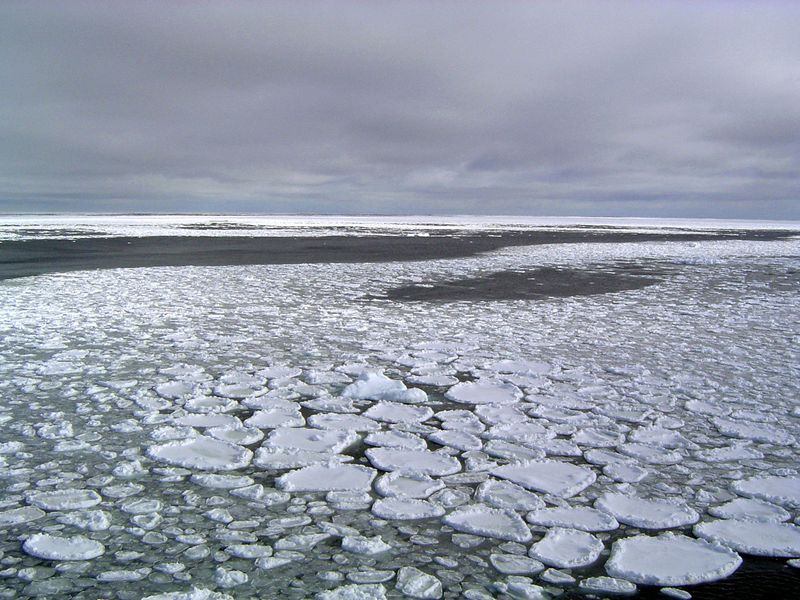While sea ice in the Arctic Ocean at the top of the world was steadily melting,
世界最顶端的北冰洋正在稳固融化,
Antarctica's ring of floating ice was steadily growing until 2014.
南极洲的浮冰正在稳固增长,直到2014年。
In just three years as of 2017 it reached its 40 year record low and that was 10.7 million square kilometers.
截止到2017年,就在这三年间南极洲的浮冰降到了40年来最低值,为1007万平方公里。
So altogether in that period of three years it lost two, a little over two million square kilometers of ice
所以在这三年间,南极洲损失了比200多万略多的浮冰,
and that's a little bit larger than the area of Mexico.
这比墨西哥的面积大一点。
More than three and a half decades of Antarctica's ice gain vanished in just three years,
超35年积累的浮冰在短短三年内小时,
melting more rapidly than what's happening in the Arctic.
比北冰洋消失的速度更快。

The scientific consensus is that the loss of Arctic sea ice is related to both air and sea water getting warmer.
科学共识是北冰洋冰面与空气和水温升高有关。
Researchers are still looking for an explanation for the dramatic decline in Antarctica.
研究人员正在寻找南加州加速融化的原因。
After 2014 when this huge decrease happened there are some attempts to try to relate it to something going on in the atmosphere
2014年以后冰面加速融化,当时我们试图从大气中寻找原因,
or the oceans and there have been some indications that maybe like in the Weddell Sea
或者是在海洋上寻找,有许多迹象表明比如在威德尔海,
it could have been warm air coming in from the north and in the Ross Sea it might have been slightly different reasons.
有可能是来自北部的温暖空气,或是像罗斯海,它的原因或许略微不同。
Whatever the reason, the trend has far-reaching implications for the polar ecosystem and the Earth as a whole.
不管什么原因,这一趋势对极地生态系统和整个地球有着深远影响。
Unlike the bright reflective surface of ice, dark ocean water absorbs sunlight, trapping heat and leading to a cycle of continous warming.
不像刺眼反光的冰面,深色海水吸收太阳光,积聚热量,并会导致热循环。
Scientists are still doing research in Antarctica, looking for explanations, and solutions.
科学家正在南加州进行研究,寻找原因和解决办法。
Faith Lapidus, VOA news
法斯·拉皮德斯,VOA新闻


